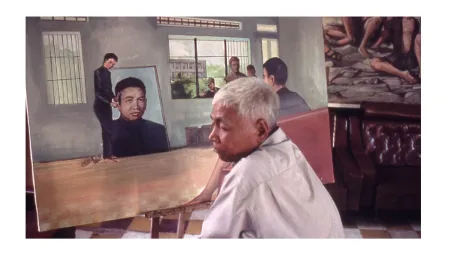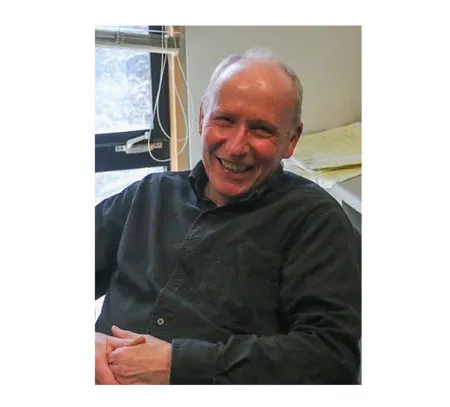The first year I served as codirector of FLEFF, we screened S21: The Khmer Rouge Killing Machine (2003).
S21 is a notorious prison in Phnom Penh, Cambodia. When the Khmer Rouge controlled Cambodia from 1975-1979, S21 is where those deemed a threat to the regime were tortured and killed.
Under Pol Pot’s dictatorship, Cambodia transitioned from a monarchy to a genocidal communist regime. From a population of 8 million, an estimated 1.5 to 3 million people died. Many were executed. Others died from starvation and the rigors of forced labor.
S21 held 20,000 prisoners. Of the 12 known to have survived, two are featured in the film.
In the film, they return to the prison to recount their experiences and confront their former guards. The guards attempt to defend themselves, claiming that they had no choice and were also victims of the regime.
In truth, the guards were often children, brought in from the countryside and required to do the regime’s dirty work under the threat of death. Some of the film’s most disturbing scenes involve guards and prisoners reenacting scenes of torture and execution in the now empty cells. Both prisoners and guards visibly suffer extreme trauma.
S21 is a difficult film to watch. The cinemaphotography is austere. The absence of a musical soundtrack creates many open foreboding sonic spaces.
It was among the last that we screened at the festival that year, and I was exhausted. Only two other people were in the audience: the accordion player of a band I was in and her teenage daughter. I wasn’t sure why they had chosen this film of the many that were offered.

